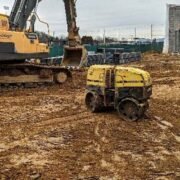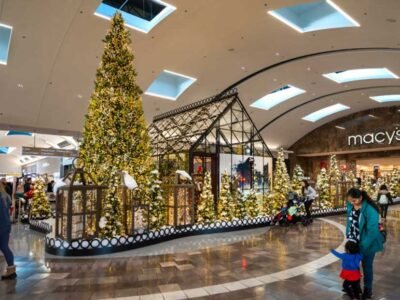Sustainability building is a rapidly growing concept in the global construction industry, driven by both economic and environmental considerations. Sustainable buildings are designed and constructed with an emphasis on conserving natural resources, reducing energy consumption and improving the overall quality of life.
The primary goal of sustainable building is to reduce or eliminate any negative environmental impact caused by a structure’s design or manufacturing process. This includes reducing the number of resources used in creating a structure and minimizing its carbon footprint during its lifetime.
Sustainability buildings can also include efforts to increase the lifespan of a structure through improved insulation, efficient lighting systems, and renewable energy sources for heating and cooling.
Achieving true sustainability when constructing sustainability buildings or renovating old ones requires careful consideration of all aspects. For a structure to be considered sustainable, it must meet certain criteria set forth by organizations such as LEED (Leadership in Energy & Environmental Design).
These criteria address aspects such as choosing sustainable materials, conserving water, improving air quality indoors, utilizing natural lighting and ventilation systems where possible, selecting products with low VOC emissions (Volatile Organic Compounds), providing access to green spaces outdoors, encouraging recycling practices indoors, among others.
The benefits of sustainable buildings are numerous, from economic to social to environmental. Economically speaking, green building practices can help reduce operating costs by reducing energy and water consumption as well as waste production. This in turn reduces utility bills and other associated costs like maintenance fees or insurance premiums.
Additionally, businesses that invest in sustainability building practices often see an increase in occupancy rates due to the appeal that sustainable features can have for potential tenants or customers. Finally, government incentives such as tax credits may be available to those who choose a sustainable design path when constructing new facilities or renovating existing ones.
From a social standpoint, sustainability buildings are beneficial because they promote healthier indoor environments through better air quality control measures such as improved ventilation systems or increased natural light exposure via skylights and windows rather than artificial lighting sources alone.
They also enable more efficient use of space, which helps save on both material cost and space utilization efficiency while providing a comfortable and functional space for occupants.
As the need for a more sustainable and environmentally-friendly way to build becomes increasingly important, many people are turning their attention to the concept of sustainable buildings. Passive buildings are designed with an emphasis on energy efficiency.
These structures use passive solar design techniques such as orienting windows towards the sun to maximize natural heating and insulation materials in walls and roofs for temperature control. Green roofs are becoming increasingly popular due to their ability to reduce energy costs as well as provide other environmental benefits such as improving air quality and reducing stormwater runoff.
A green roof typically consists of vegetation planted on top of a waterproof membrane that protects against moisture damage or leakage into a building’s interior space. The vegetation helps insulate a structure while also helping absorb heat during summer months and trap warm air during winter months – thus reducing reliance on artificial heating or cooling.
Despite the many benefits of sustainable building design and construction, there are still many challenges that need to be addressed for it to become a viable option for all stakeholders involved. One of the main challenges faced by those pursuing sustainable building is a lack of knowledge about green design principles.
Architects and engineers must understand how energy-efficient materials work together with other components to create an effective building envelope that will reduce energy consumption over time.
Contractors also need comprehensive training on green construction techniques such as using recycled materials or reducing waste onsite during projects. Without proper education on these topics, many potential benefits will not be achieved during the implementation of sustainable designs.
Conclusion:
Sustainability building is an important step in creating a more sustainable future. It allows us to reduce our energy consumption, conserve natural resources and protect the environment.
However, it is important to address the challenges associated with sustainable building, such as a lack of knowledge about green design principles and finding suitable financing options, to fully realize its benefits. By using sustainable building materials, techniques and designs, we can reduce our environmental footprint and promote a healthier and more sustainable future for all.

















Comments